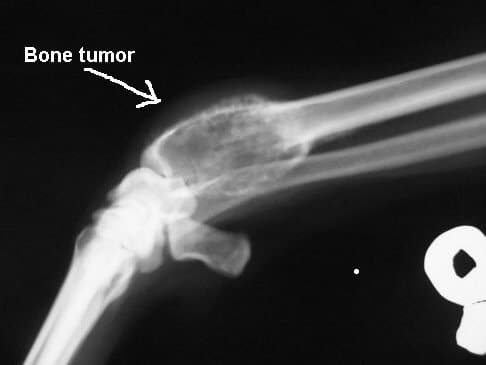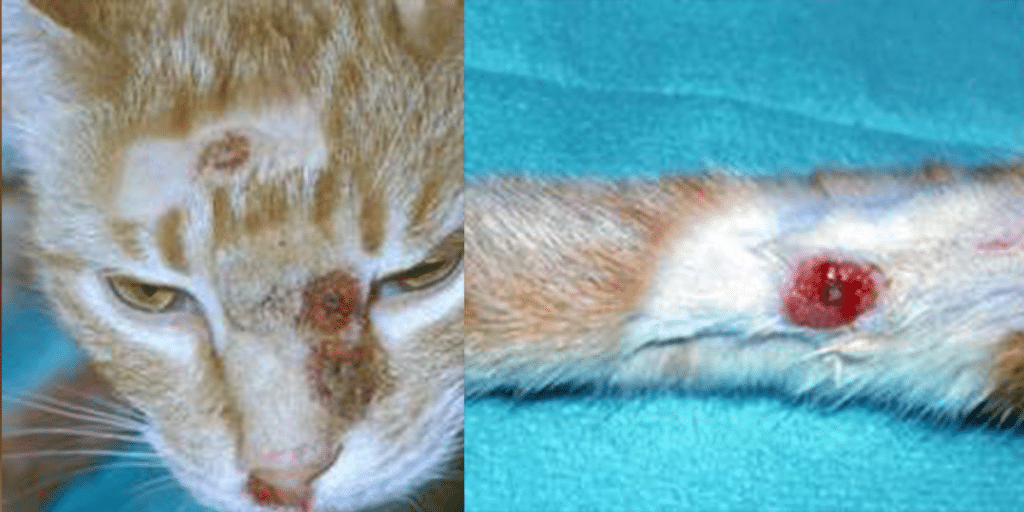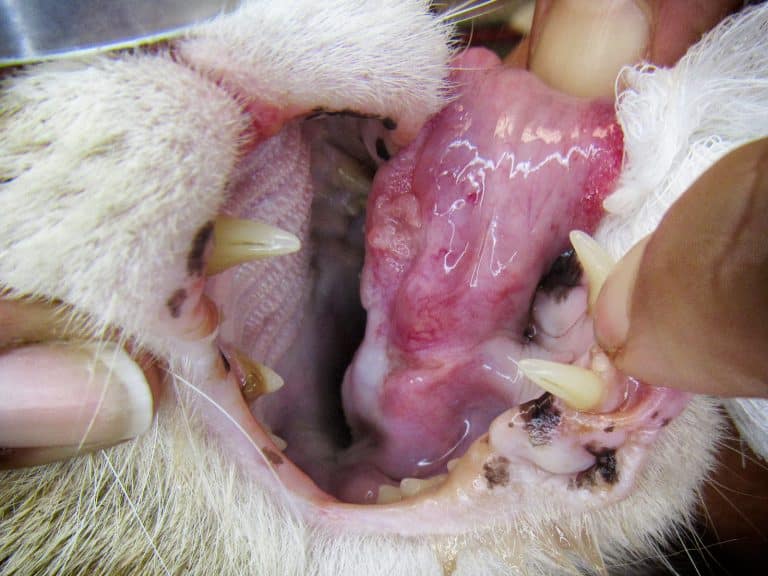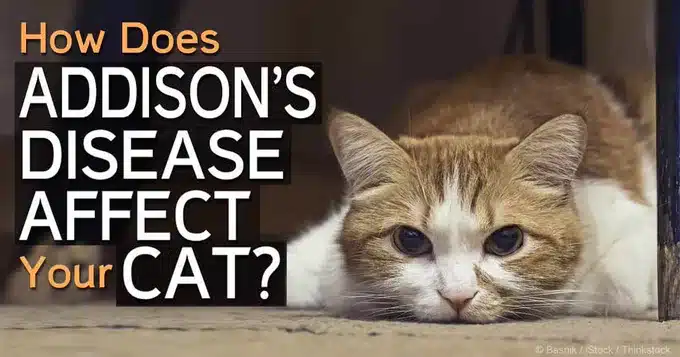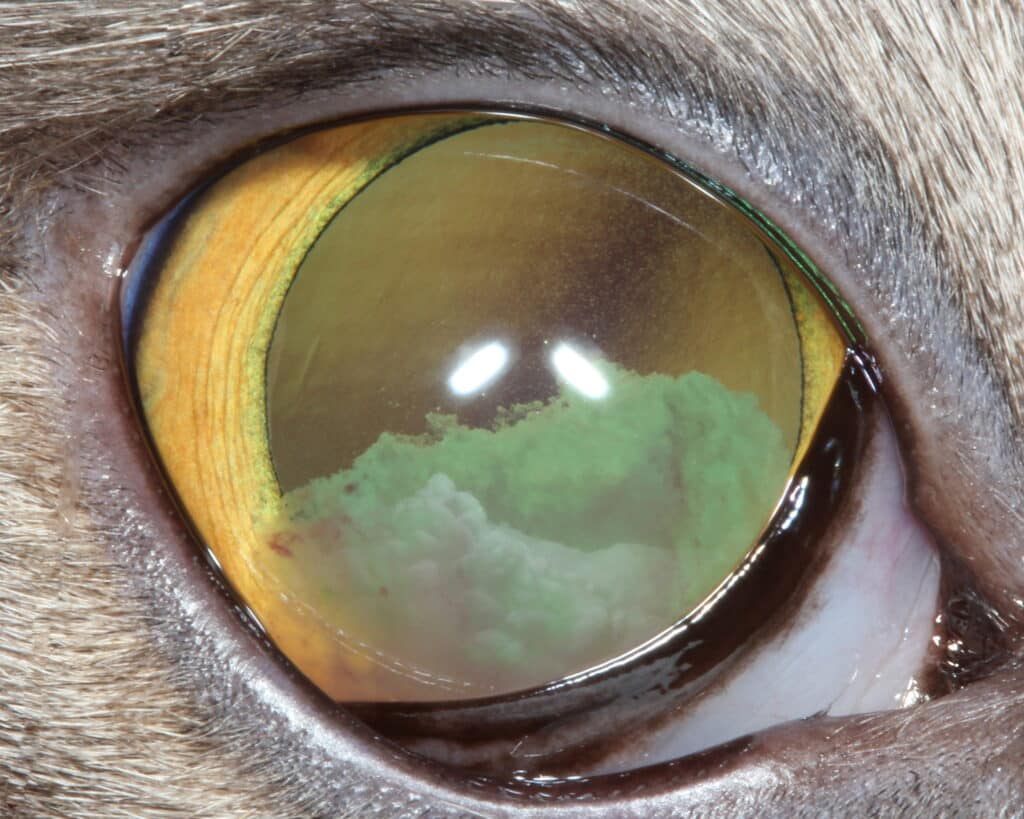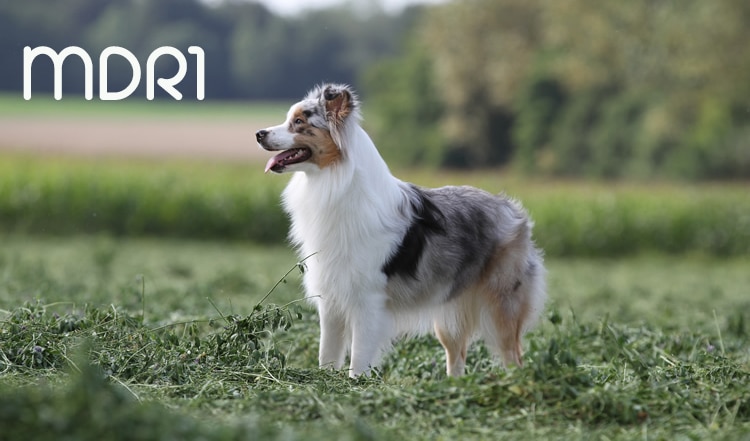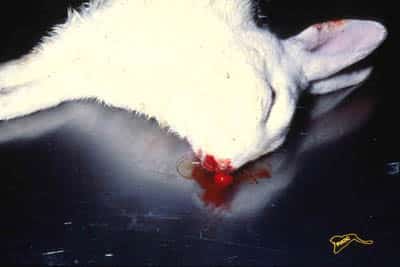Depression in cats
For many people, cats are not just pets, but part of the family. But what should you do if your fluffy friend shows signs of depression? In this article, we'll look at the signs of cat depression, discuss possible causes and give valuable tips on how you can help your four-legged companion.


